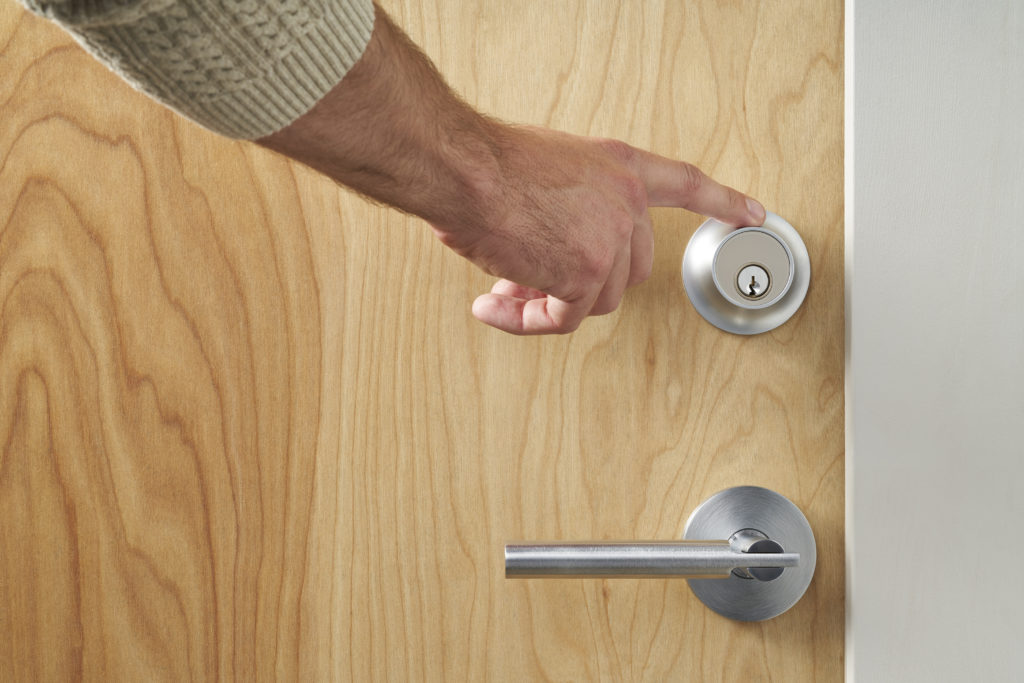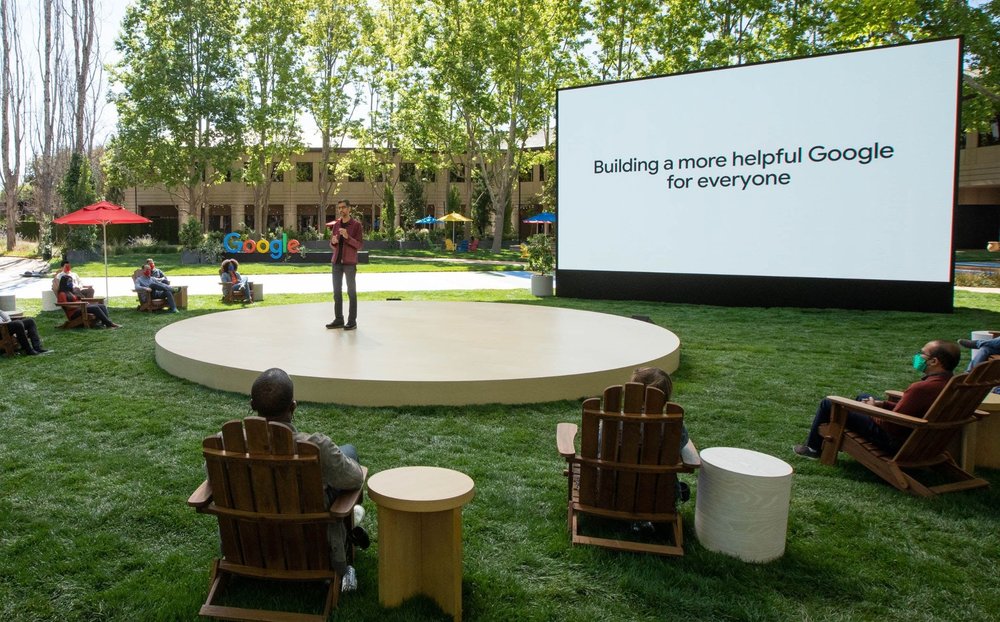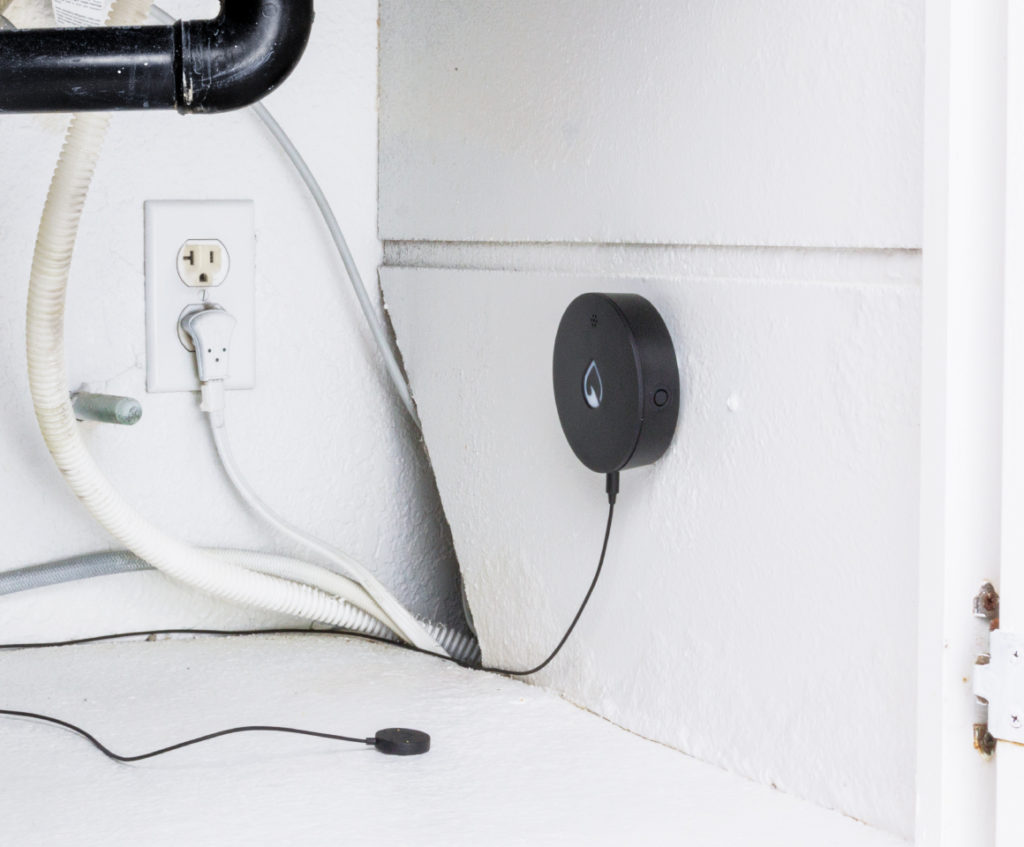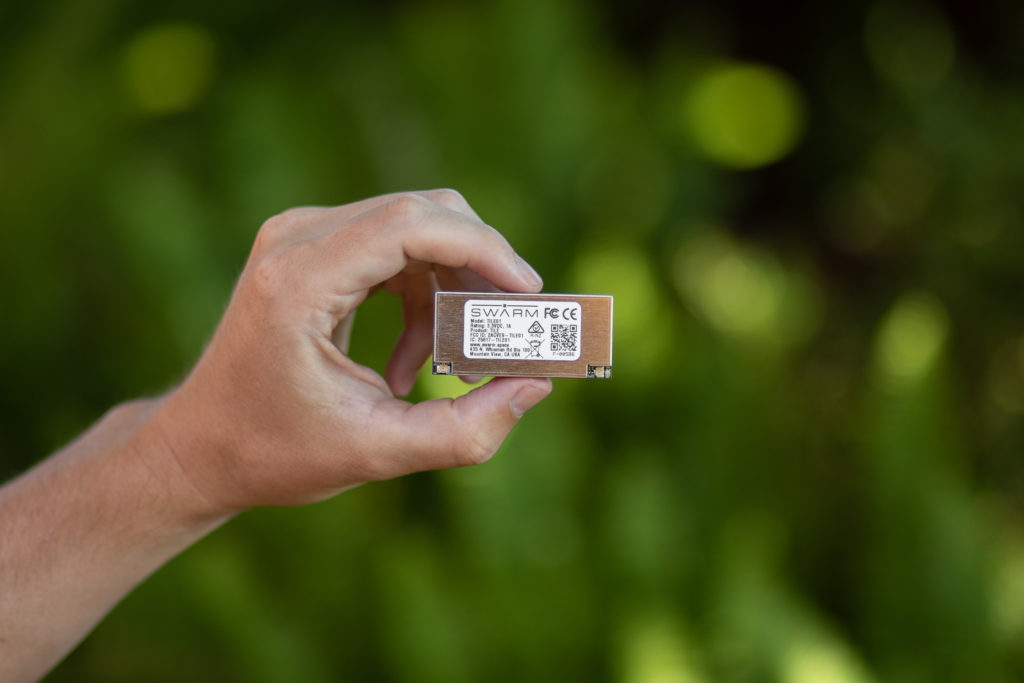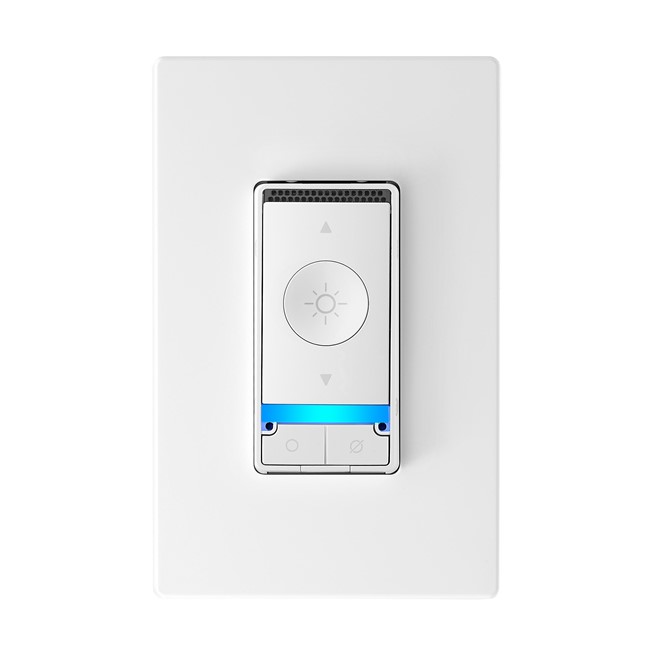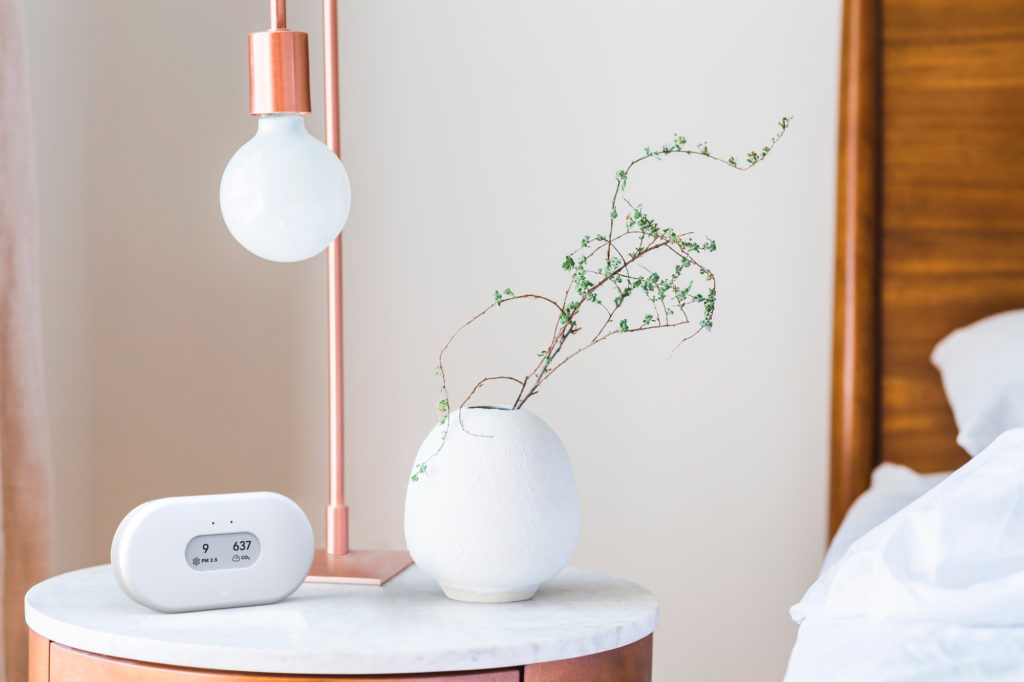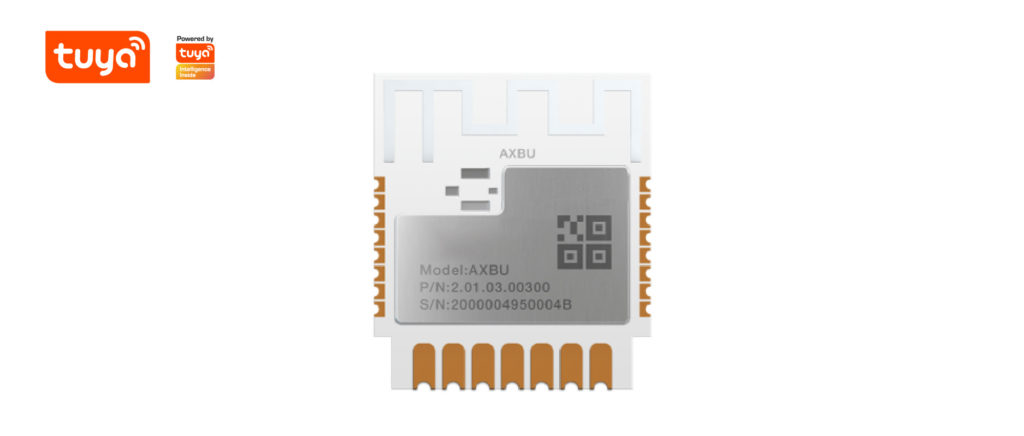Hello! This week we start with Congress, where the U.S. Senate Judiciary Committee held hearings related to interoperability and lock-in tied to smart home devices. We drew special attention to testimony by Jonathan Zittrain, who wrote a long, but insightful statement about the development of the web, the benefits gained when using interoperable protocols, and what the government should do to ensure the openness of the IoT. After that, we discuss Amazon’s use of person detection on its new Echo Show devices to use motion-sensing as a trigger for routines and Apple’s planned features for its next smartwatch. We then talk about the new Level lock and why you may want to wait before buying a smart lock. In our news roundup, we track the rise of smart home devices, IKEA’s new $199 picture frame speaker, a new cellular module, and Accenture’s acquisition of umlaut, an industrial IoT engineering firm. We close on a question from a listener about which devices will support Matter going forward.

Our guest this week is Lesley Carhart, an incident responder at Dragos. Carhart’s specialty is industrial IoT incident response which means she’s been busy, given how often ransomware attacks have taken out critical infrastructure in the past few months. She explains how she got into doing industrial security and how it differs from IT security (which she also did). She shares what industrial clients want IT security professionals to understand, and shares how people can get into the field of providing industrial IoT security. In my favorite moment, she explains the Purdue Model of security used by manufacturing and industrial clients. Understanding these things will only become more important as we place more assets online. Please listen.
Host: Stacey Higginbotham and Kevin Tofel
Guest: Lesley Carhart, an incident responder at Dragos Sponsors: Bsquare and Edge Impulse
- A few remedies to prevent lock-in by the tech giants
- Wellness is gaining ground in the smartwatch world
- Maybe wait on that smart lock purchase
- Hardhats may be necessary for industrial IoT security response
- What the OT world wants the IT world to know about security
Podcast: Play in new window | Download | Embed
Subscribe: RSS

